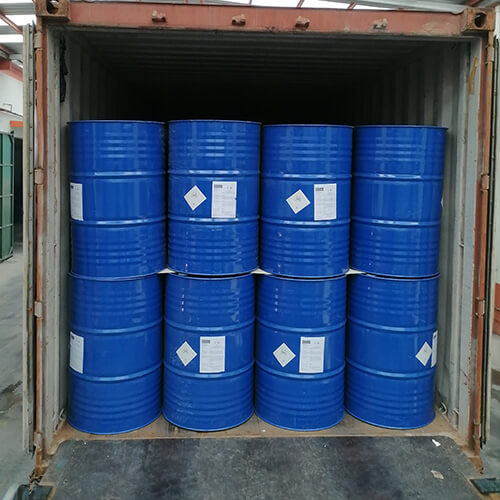Trichloroethylene (TCE) is a widely used industrial solvent that has been linked to several health risks. It is known to cause cancer and other serious health problems, particularly when exposure occurs at high levels. However, recent studies have suggested that even low levels of exposure to TCE can pose a significant risk to human health.
Low dose exposure to TCE can occur in a variety of settings
Including workplaces where the chemical is used, as well as in the environment where TCE has been released as a result of industrial processes. Ingestion of contaminated water and food can also lead to low dose exposure to TCE.
Studies have linked low dose Trichloroethylene(CAS79-01-6) exposure to a number of health problems, including liver and kidney damage, neurological disorders, immune system dysfunction, and reproductive problems. Even small amounts of TCE exposure can be harmful, and the effects can be cumulative over time.
The risks associated with low dose Trichloroethylene exposure have led to increased regulation of the chemical. The U.S. Environmental Protection Agency (EPA) has set a maximum contaminant level for TCE in drinking water, and several states have taken steps to regulate the use of TCE in industry.
In addition to regulatory efforts, there are steps individuals can take to reduce their exposure to TCE. This includes avoiding products that contain TCE, using protective equipment when working with TCE, and ensuring that any TCE-containing waste is properly disposed of.
While the risks associated with low dose TCE exposure are concerning, it is important to note that the chemical is still widely used in industry. As such, it is important for individuals to be aware of the risks and take steps to minimize their exposure to this potentially harmful substance.
Extended reading:
What is trichloroethylene products?
Visit the trichloroethylene product page
Visit trichloroethylene Wikipedia




